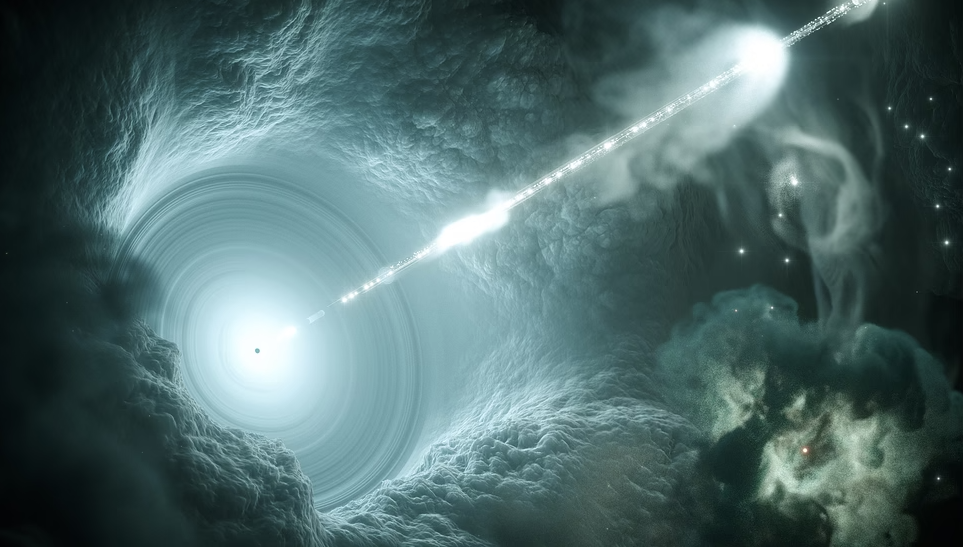Explore how next-generation ion engines are set to transform space travel with unprecedented power and efficiency. These advanced propulsion systems promise to extend the reach and capabilities of future space missions, marking a significant leap forward in aerospace technology.
Viral Once

Discover the fascinating phenomenon behind Mars' accelerating rotation. This post delves into the latest findings from NASA's InSight mission, exploring how internal changes within Mars are causing the Red Planet to spin increasingly faster. Join us as we uncover the secrets of Mars' core and its implications for future space exploration.
As the Transiting Exoplanet Survey Satellite (TESS) continues to identify potential new worlds beyond our solar system, the challenge arises: which of these thousands of exoplanets should the James Webb Space Telescope (JWST) focus on? Discover how astronomers prioritize their targets to maximize the search for life and understand planetary atmospheres across the galaxy.
Discover the dramatic and violent event where a gigantic black hole tears a star apart, hurling its remnants into the void of space. This fascinating cosmic phenomenon offers a rare glimpse into the destructive power of black holes and their ability to reshape their surrounding cosmos.
Explore the latest captivating images from NASA's Juno mission, revealing the dramatic volcanic landscapes of Io, one of Jupiter’s most intriguing moons. This post delves into the current findings and what they tell us about the natural processes occurring in our solar system.

Discover the fascinating science behind the rapid growth of supermassive black holes in the universe's infancy. This article delves into how these colossal entities formed so quickly and what it tells us about galaxy evolution and cosmic dynamics.
NASA has officially sanctioned the Dragonfly mission with a budget of $3.35 billion, aiming to delve into the mysteries of Saturn's largest moon, Titan. This mission promises to push the frontiers of space exploration using a sophisticated quadcopter drone to study Titan's unique atmosphere and surface.
Discover how recent research by physicists at the University of Queensland has made significant strides in proving time travel to be mathematically possible, potentially overcoming the notorious grandfather paradox and reshaping our understanding of time and space.
Discover how a pair of YouTubers teamed up with scientists to film light traveling through space at an unprecedented 10 trillion frames per second, offering a never-before-seen glimpse into one of nature's fastest phenomena.
In a recent groundbreaking achievement, astronomers have identified a colossal black hole residing within the Abell 1201 galaxy cluster. This astronomical giant weighs in at a staggering 30 billion solar masses, pushing the boundaries of our understanding of the universe's most mysterious phenomena. This discovery is not just about size; it's the black hole's inactive state that is captivating scientists globally, offering new insights into the lifecycle of these cosmic behemoths.
A recent study conducted by Caltech physicists revisits the Drake Equation with modern data, suggesting that intelligent civilizations in the Milky Way are likely to self-destruct. This study highlights the importance of sustainability and the potential consequences of technological advancements outpacing societal maturity.
NASA's Voyager 1, launched in 1977, has recently begun transmitting odd data back to Earth, puzzling engineers. Despite these anomalies in the attitude articulation and control system (AACS), the spacecraft continues to function, keeping its antenna directed at Earth to maintain communication. The challenge lies in the significant communication delay due to the spacecraft's vast distance—about 14.5 billion miles away. Engineers are investigating the root cause, with the spacecraft's advanced age and the unique interstellar environment being potential factors.










